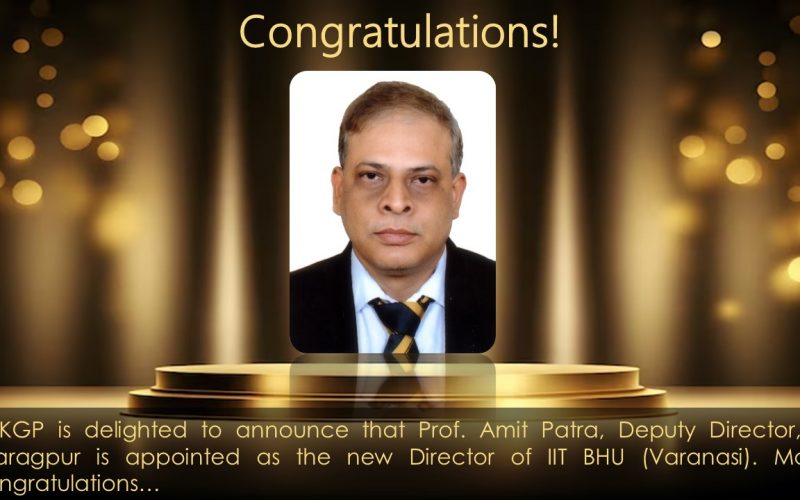
Prof. Amit Patra is appointed the new Director of IIT BHU (Varanasi) by Ministry of Education
If your actions inspire others to dream more, learn more, do more and become more, you are a leader. A successful leadership is about making others better as a result of your presence and making sure that the impact lasts in your absence by unlocking people's potential to become better. A greatest leader is not necessarily the one who does the great things, he is the one that gets the people to do the great things. Today, IIT Kharagpur celebrates one such leader that the institute is proud of. Prof. Amit Patra, Deputy Director of IIT Kharagpur has recently been…

